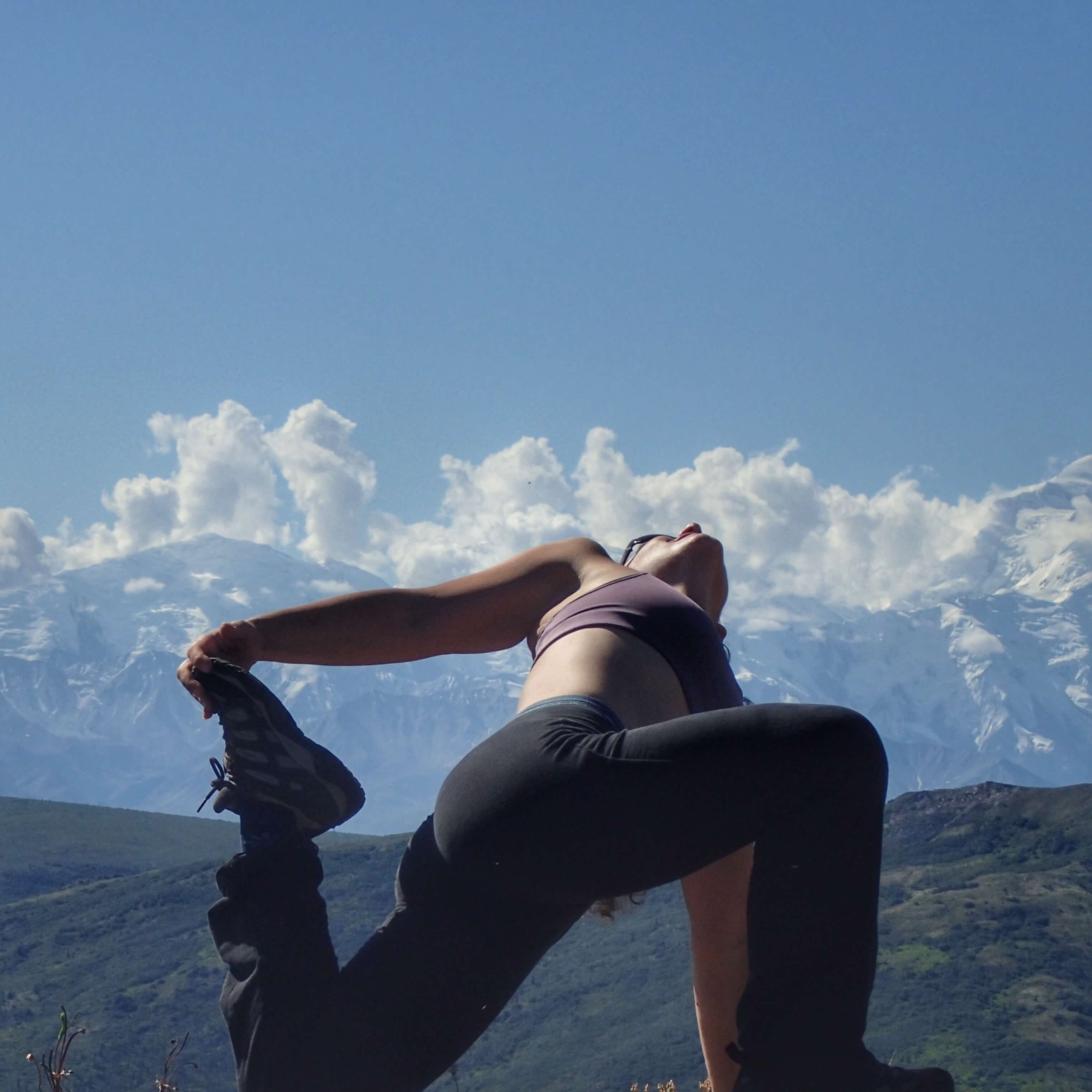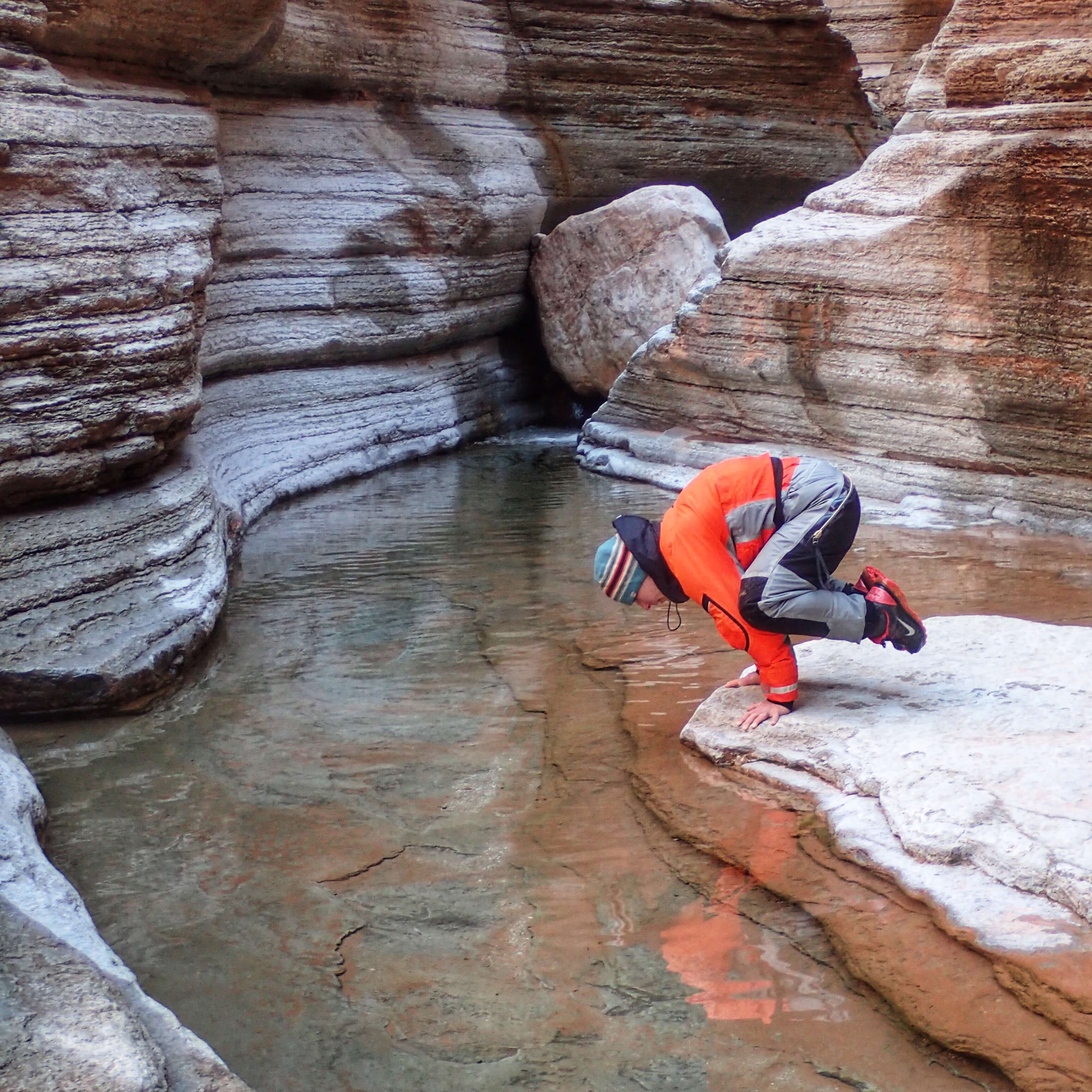Yogic Psychotherapy
Svadhyaya
Yoga presents its own version of the ten commandments in the five yamas (don’t dos) and the five niyamas (dos). The fourth niyama is svadhyaha, self-study. It’s one of my favorite Sanskrit words to say – svad-ya-ya. (Try it, it will make you smile.) It can be a wonderful undertaking or a horrifying ride, and quite honestly, probably a little bit of both until we figure out the pieces.
Self-analyzation alone doesn’t help us move towards peace, it helps us move into insecurities, fear, limits, and challenge. What helps us move towards peace is our ability to understand ourselves with a perspective of the whole, both as an individual complete being and as part of the world around us.
From self-study and reflection on sacred words (svadhyaya), one attains contact, communion, or concert with that underlying natural reality or force.
– Swami Jnaneshvara Bharati
As a complete being, we have aspects of ourselves that we enjoy and aspects that we fear.
Our calling is to watch BOTH TYPES of happenings in our minds and actions with the same focused attention and a huge dose of humor, compassion, and patience.
As we understand ourselves, we can make conscious decisions about how we move in the world and create our own thriving ecosystem.
The squeaky wheel gets the grease doesn’t work in this situation; this is the psychotherapy component. When the squeaky wheel gets all the attention we only focus on what is out of whack and it consumes us, our energy, our self-esteem, and we get paralyzed in a repetitive cycle. We must also watch when we are giddy and playful, giving and free, and safe and at peace.
Where attention goes, energy flows.
We learn to watch our minds like we are watching the craziest and wildest movie or sitcom. Sometimes it is whacked out, sometimes it is sentimental, or silly, or inspiring, or serious, or every single possible emotion and scenario we can dream up. Watch it with humor, compassion, and patience to learn. As we uncover the layers we find that there is light and love and beauty beneath all the chaos. The root of yogic philosophy is that we are all already perfect beings filled with greatness and we simply need to wash off some of the crusties around our being. By studying ourselves, we start to notice what helps us grow and laugh. With this knowledge, we can then consciously make choices that lift us up and do something to redirect ourselves when we are off. As we uncover the layers we find Ourselves.
Divinity is within and Self-reflection (Svadhyaya) brings it into clear focus, revealing our purpose for being. From this place of Self-understanding and purpose, we open to life from a dynamic place of centeredness and joy.
– Jennie Lee
REALITY CHECK
Sometimes we look deep inside and find confusion, fear, and doubt. The first step here is to laugh and go back to the observer’s perspective of that crazy sitcom situation in our heads and to use the experience as a practice. Sometimes we can’t see our own innate beauty or simply feel like we don’t know who we are.
This is the point when we turn to our version of a sacred text or words of wisdom. For time immemorial humans have been philosophizing and struggling with the same types of human experiences. It is helpful to tap into this collective knowledge when we are lost or even simply to keep us moving along. We can study from any text that stimulates our desire for inward realization and/or connection to the Divine. We use the words as a catalyst to reflect upon a universal truth to apply to our own lives. That is exactly what the full moon fruition blog is all about, shining light on one sutra each month.
Solutions don’t work unless they are applied to the problem! It is most effective to choose one passage to contemplate and practice until it sinks in. If we just skim over the idea, it doesn’t stick. It can be as simple as choosing one of the yamas or niyamas to bring into everyday practice. Being content (santosha) will eventually bring us more contentment. Contemplating any truth for some time may lead to a deeper understanding of the idea or we may discover an alternate route to arrive.
So often we look where we want to go and only see the obstacles in the way and assume that there is only one path.
Contemplation allows us to focus on the goal so that we can see other options to reach the same goal.
For example, we may want to meditate to learn to quiet the mind but have trouble finding the time, motivation, or ability to sit still with ourselves. Instead, we can use mindfulness to create the same level of present moment awareness. We can make our lunch into a meditation and really draw our attention into the details of eating, chewing, tasting, and embodying the entire process. This new method still quiets the fluctuations of the mind and increases our ability to stay in the present moment. It may even lead to the ability to enjoy a more formal meditation practice.
Often, when we ponder a universal truth, we realize it applies to all beings and we become connected to humanity as a whole. When we feel confused, we can remember that others are confused and have compassion for global confusion. When we feel joyful, we can remember and wish that others experience joy and become connected to global joy.
Yoga is about union and connection and svadhyaya leads us there.
If you are interested in this amazing journey and you happen to live in Valdez, I encourage you to look into the fall yoga intensive and teacher training. It is an opportunity to dive into yourself on a physical, mental, and spiritual level. A yoga teacher training isn’t really about teaching yoga, it’s about beginning a journey of Self-study that truly gives you something of value to teach.
Always be willing for your concept of reality to change as your consciousness brightens.
– Nischala joy devi
Subscribe
to the Full Moon Fruition Blog
Add comments here or share a picture, a sutra, and a brief interpretation on Instagram #fullmoonfruition

